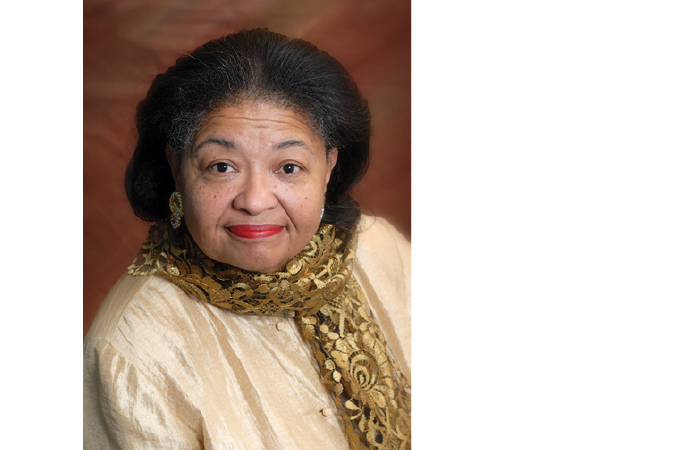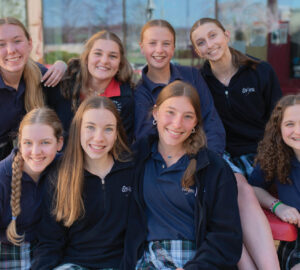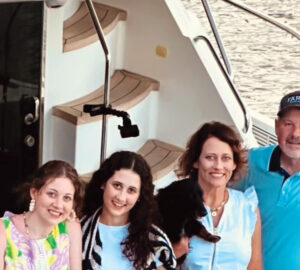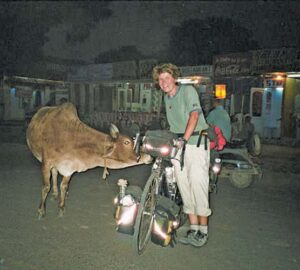gitana: to provide global healing in the St. Louis community through music, dance and drama
meet founder and executive director cecilia nadal of st. louis
How long have you been working for this cause?
Gitana was created in 1997, but my entire career has been dedicated to cross-cultural engagement.
What got you interested in it?
There are a number of things. One is my own family. My father is from Puerto Rico, and my mother is from north St. Louis, so my cultural identity is in both the Latino and African-American communities. My father was in the Air Force, and growing up, I lived in 11 states and four countries. I became sensitive to the fact that people live in isolated pockets instead of coming together to interact. The idea for Gitana came when I met native St. Louisan Danny Clark, a former member of the Alvin Ailey Dance Troupe. We agreed that the city needed something in the arts that transcended race identity and brought people together. I felt it made a lot of sense to use multiple disciplines to unite different groups. My background is in sociology, so I approached it as a way to help people improve the community.
Explain what the organization does.
Gitana uses multiple art forms as vehicles to unite the community. We create theater that deals with humanitarian issues that are important to people living in St. Louis. Our most recent theatrical production was New World, which is based on interviews with female refugees living in the city. We wanted people to know what these women were thinking and feeling to better understand their experiences. We also use music to share our message. Recently, we hosted a program that focused on the connection between African and Latino music, and in the past, we brought the McPeakes, a famous musical family from Belfast, Northern Ireland, to St. Louis and shared stories about the relationship between African-Americans and the Irish. These events involve a lot of community outreach that is education-oriented. We also have the Global Education Through the Arts program in South City at the Carpenter library branch. It was developed to teach young people to engage cross-culturally because I was hearing stories about a lot of conflict between different groups in the area. We use music and dance as a base to reach tolerance and acceptance, but the curriculum is not limited to fine arts. It includes cultural diversity training, which I teach myself.
What do you want most for the organization?
I wish people would recognize that growth in St. Louis depends on our being able to effectively help diverse groups and appreciate our commonalities and differences. We just held an event called Face of Love: Symposium on the Common History of Germans and African-Americans. We had experts in both German and African-American history share how the Germans of Missouri were primarily responsible for the abolition of slavery in the state. That’s something many people don’t know. It’s important that we go deeper to understand our similarities and have greater empathy. It’s critical that we start bringing people together in earnest.
in the words of gitana: “Cecilia is such a believer in using performance to bring different cultures together and create an opportunity for dialogue. What’s really exciting is that she doesn’t just do it for adults through concerts and theater, but she helps kids as well. She understands the importance of the next generation joining together to create a better world.”
Know a standout volunteer. Nominate them to featured at townandstyle.com/reachingoutawards or email tellus@townandstyle.com for more information.








